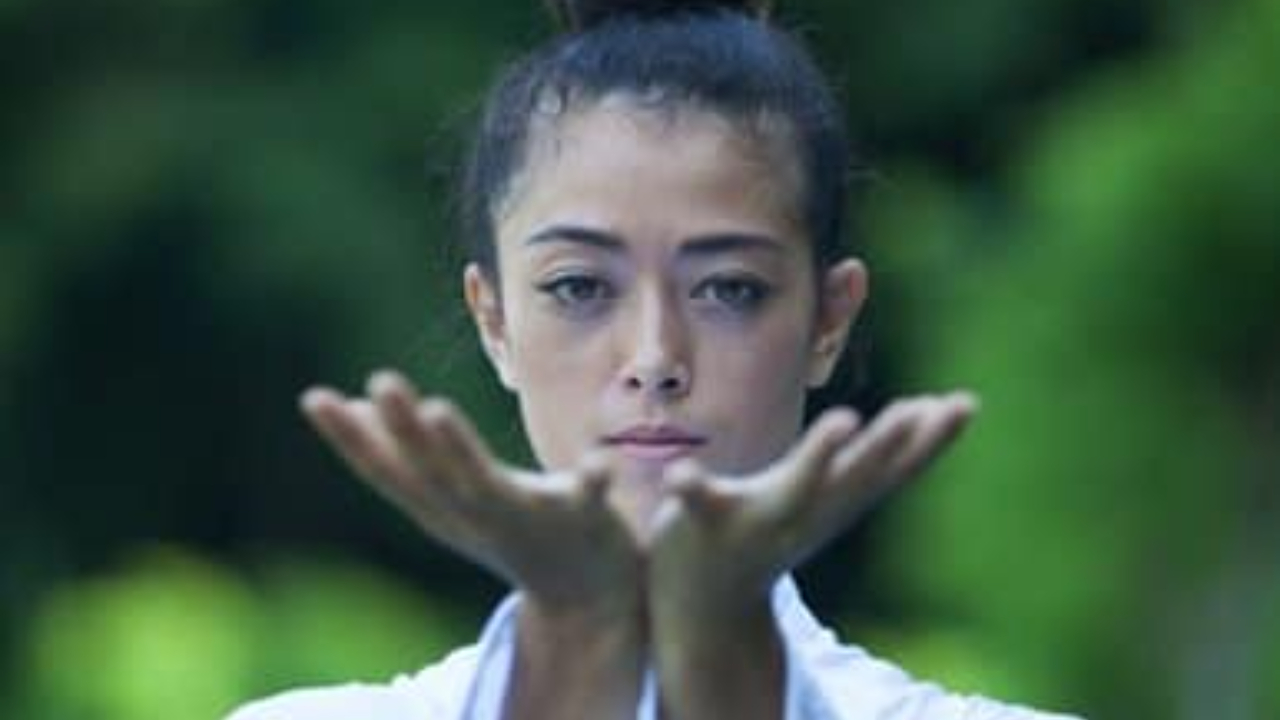
What is mindfulness and how do we achieve it?
Oct 31, 2018This blog explores the concept of mindfulness and provides practical steps to achieve it. Originally rooted in Buddhist teachings, mindfulness was adapted by Kabat-Zinn to be secular and accessible, making it a powerful tool for managing physical and emotional pain
How to achieve mindfulness
 Mindful movement
Mindful movement
Many people associate mindfulness with meditation and yoga, but meditating on a mountain or standing on your head isn’t the only way to achieving a mindful state.
It’s worth considering that sitting still in silence is not for everyone and nor is doing yoga postures.
The good news is that you can still access a mindful state by cultivating mindfulness in your everyday life. The idea is to link your mind and body and present awareness to many activities — from swimming to running and playing the piano to washing up the dishes.
Another important component of mindfulness is the breath. By learning to use the breath in a mindful manner, we can apply mindfulness to almost everything you do.
What’s more, mindfulness can also be a goal, not just something to be practised in isolation. Today, we live in a very goal-oriented world and so learning to cultivate mindfulness is an aspirational and goal-worthy pursuit. Mindfulness is practical, accessible and available for everyone for free. So, what’s not to love?
Qigong
One activity which actively promotes mindfulness is the ancient art of qigong. It has been practised by millions of people in the East for centuries, and unsurprisingly, it’s now popular in the West. Qigong, meaning life force cultivation, is a physical and mental and martial school of thought that harmonises body, mind, and breath. It’s a form of movement — think meditative flowing, dance-like motions.
It has a myriad of potential positive benefits, including lowering stress levels, boosting immunity, reducing chronic pain, improving cardio function and building tremendous mind power.
 Qigong Session
Qigong Session
Besides improving flexibility and fitness levels, it can also give you a sense of oneness with the Universe too. Like yoga, qigong, aims to cultivate free-flowing energy in the body, but uniquely, qigong has the added benefit of being used for self-defence. Devotees stress that it is accessible for all ages and fitness levels too.
We don’t become mindful by just reading about mindfulness; we become mindful by learning and practicing it and by making it a lifelong goal. Ideally, it’s best to learn it from an expert, someone who is a living, breathing example of mindfulness.
If you’d like to learn more about how to become mindful, and particularly of how to do this with qigong, check out our blog here. Alternatively, if you’d like to become a student of White Tiger, feel free to look into our teacher retreats. It’d be our pleasure to have you and teach more of the secrets Qigong has to share.


